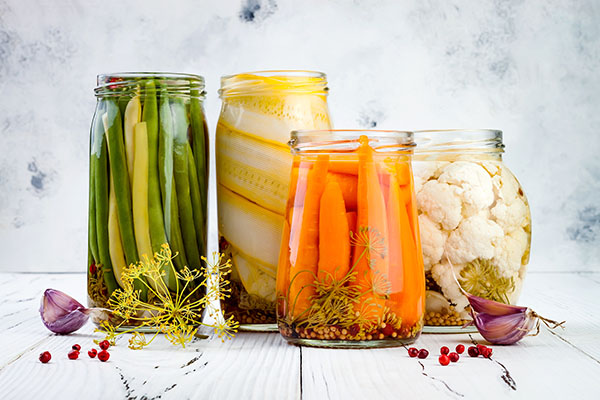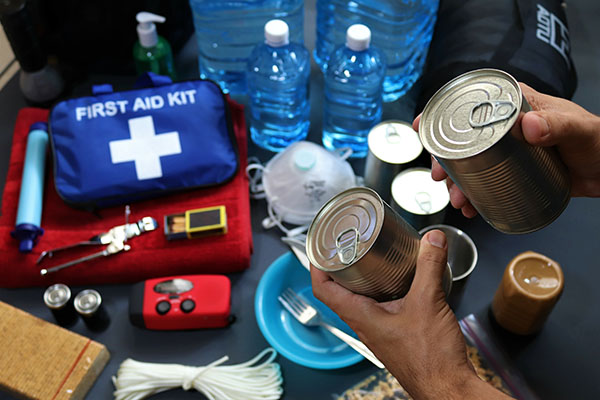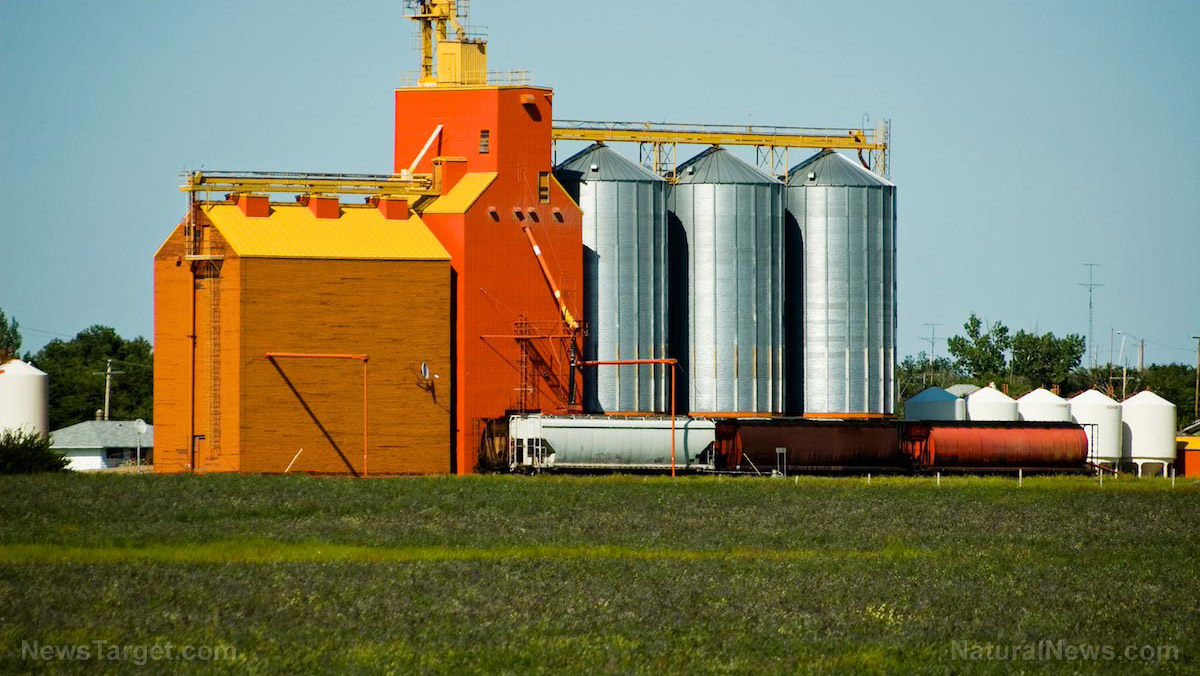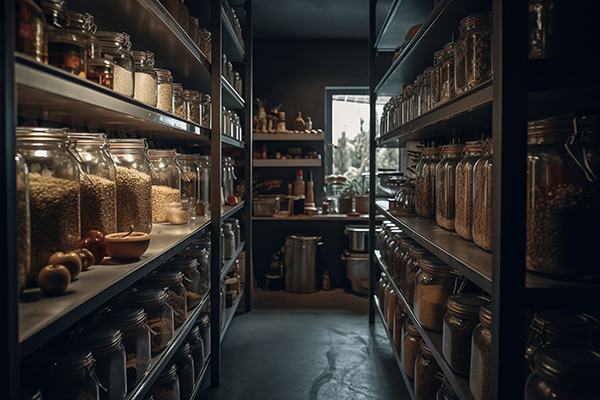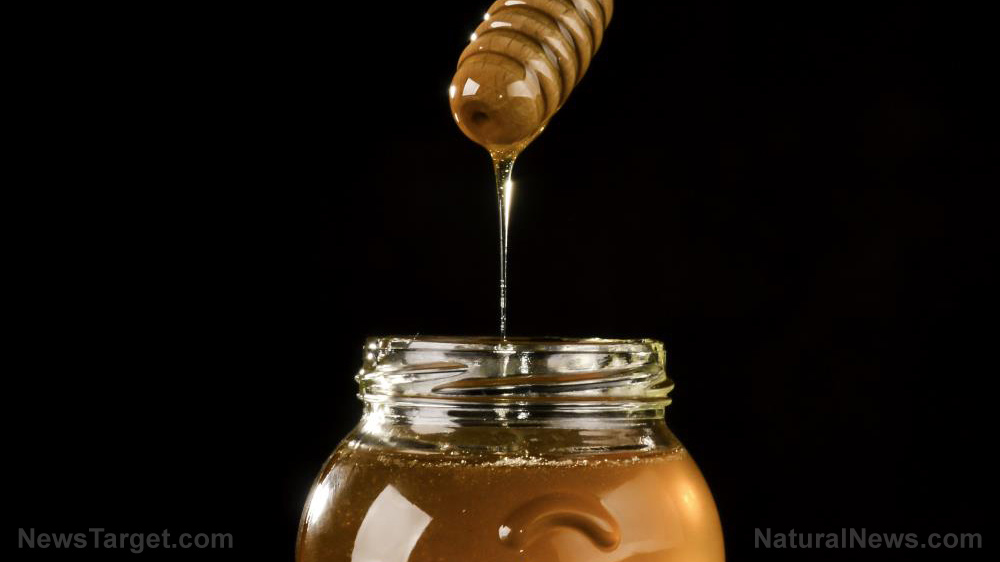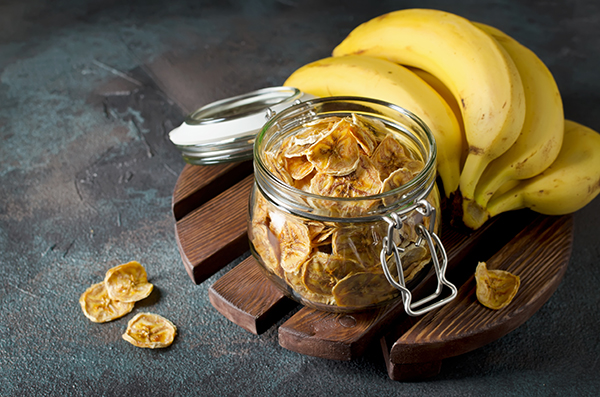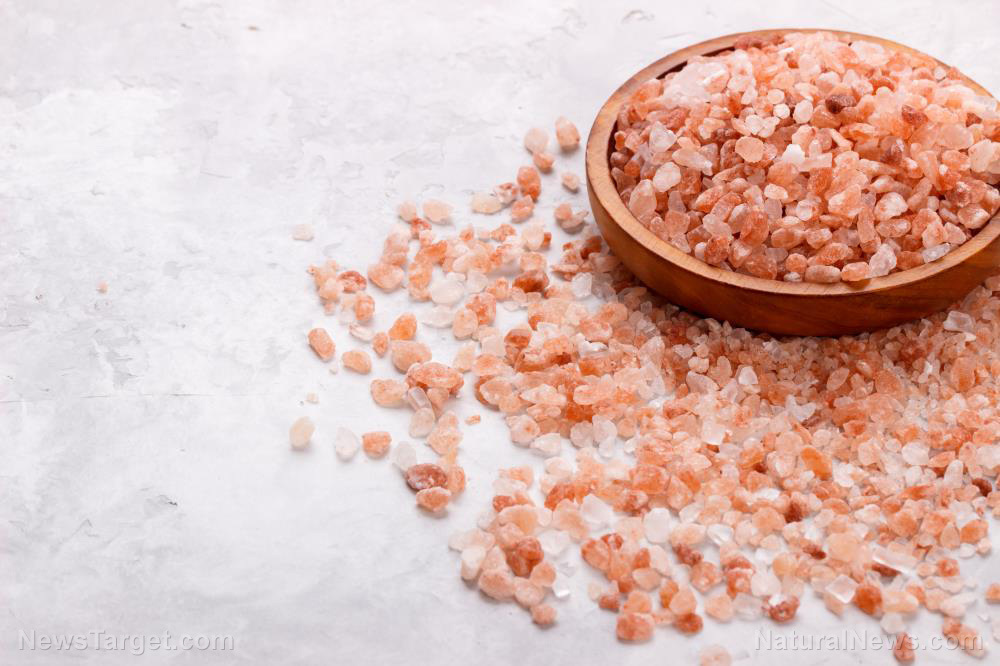Professor William Happer: More CO2 is good for the world
07/31/2024 / By Olivia Cook

Last year, William Happer, Professor Emeritus of Physics at Princeton University, spoke on Sky News Australia about common misconceptions in climate science, particularly the negative perception of carbon dioxide (CO2).
“More CO2 is beneficial for the world, not harmful. It’s absurd to try to reduce CO2,” he stated. (Related: Carbon dioxide revealed as the “Miracle Molecule of Life” for re-greening the planet.)
Why is CO2 beneficial?
Happer explained that the planet is currently experiencing a CO2 shortage compared to what’s typical of plant life. “If you provide more CO2 to almost any plant, it will thrive. Greenhouses often double or triple CO2 levels because plants grow better and the quality of flowers and fruits improves,” he said. (Related: New NASA satellite data prove carbon dioxide is GREENING the Earth and restoring forests.)
He added that since the Cambrian explosion, which marked the rapid emergence of complex life about 541 million years ago, CO2 levels have significantly decreased. High CO2 levels during that period likely played a key role in life’s evolution. Studies indicate that CO2 concentrations were much higher then, with some estimates suggesting levels between 1,000 to 4,000 parts per million (ppm), compared to around 400 ppm today.
“Historically, CO2 levels have often been three to five times higher than they are now. Plants evolved to thrive in higher CO2 conditions, so today’s lower levels can harm them,” Happer explained.
One such harm is photorespiration, a process where low CO2 levels cause plants to expend energy detoxifying oxygen instead of growing. “When CO2 is low, the enzyme plants use gets poisoned by oxygen – forcing plants to use resources to counteract this instead of growing,” he said. Doubling CO2 levels reduces the need for this protective effort – enhancing plant growth.
Happer criticized the portrayal of CO2 as a threat. “It’s incredible that a gas essential to life has been turned into a villain. We’re made of carbon, and each person exhales about two pounds of CO2 daily. With 8 billion people, it’s a natural part of life,” he remarked.
A vital and useful gas
The Compressed Gas Association (CGA) noted that despite its often negative portrayal, carbon dioxide (CO2) is a naturally occurring gas essential for life on Earth.
Humans and animals need CO2 to help regulate respiration and maintain proper blood pH levels. Plants use CO2 for photosynthesis, a process where they absorb carbon dioxide from the atmosphere and release oxygen. This oxygen-rich air supports the oxygenation of our blood, benefiting brain function and overall health.
CO2 is a versatile gas with numerous applications:
Agriculture
In agriculture, CO2 enhances growth in greenhouses and similar environments, promoting faster growth and higher yields. All animals, including humans, rely on green plants that convert CO2 and water into carbohydrates, releasing oxygen. Plants get carbon from CO2 in the air and other nutrients from the soil. Plants grow better in CO2-rich environments, which is why greenhouses often pump in additional CO2 to boost plant growth.
Higher CO2 levels also make plants more drought-resistant. Plant leaves have tiny openings called stomata, which allow CO2 to enter the leaf and be used in photosynthesis. However, water molecules can also escape through these openings. With higher CO2 levels, plants can reduce the number of stomata, losing less water and becoming more efficient in water use.
The 30 percent rise in atmospheric CO2 during the 20th century increased crop productivity by around 15 percent. Ongoing improvements in crop varieties, fertilizers and water management, combined with higher CO2 levels, will enhance food security in regions where hunger is prevalent, such as parts of Africa and Asia.
Medical diagnostics
CO2 is used in medical diagnostics, particularly in gas mixtures with oxygen to help diagnose respiratory diseases like chronic obstructive pulmonary disease (COPD). These mixtures are crucial for assessing lung function.
Dry ice, a solid form of CO2, is widely used in medical settings for flash-freezing biological samples, removing growths and refrigerating medications during transportation.
Food preservation and processing
CO2 is used to preserve and freeze foods. Liquid CO2 or dry ice quickly freezes food, maintaining its color and texture by limiting ice crystal formation.
In the meat and poultry industries, CO2 is used for stunning animals and keeping meat cool during processing and blending.
Cleaning
Dry ice is used across various industries for cleaning surfaces and enhancing sanitation without harmful chemicals. It is also an eco-friendly method for stopping leaks and cleaning up industrial spills, leaving no waste product behind.
CO2 serves as an effective cleaning solvent in industries like semiconductor and electronics manufacturing, replacing other solvents that can have harmful environmental impacts. Dry ice blasting is an alternative to sandblasting, used for cleaning without leaving residues.
Find more stories like this at CarbonDioxide.news.
Watch this video about CO2 being in short supply.
This video is from the SecureLife channel on Brighteon.com.
More related stories:
Sources include:
Submit a correction >>
Tagged Under:
agriculture, carbon dioxide, Censored Science, climate, climate catastrophists, climate science, CO2, crops, Ecology, environment, green tyranny, greenhouses, greening, harvest, Plants, rational, skeptics, truth, William Happer
This article may contain statements that reflect the opinion of the author
RECENT NEWS & ARTICLES
FoodStorage.News is a fact-based public education website published by Food Storage News Features, LLC.
All content copyright © 2018 by Food Storage News Features, LLC.
Contact Us with Tips or Corrections
All trademarks, registered trademarks and servicemarks mentioned on this site are the property of their respective owners.





